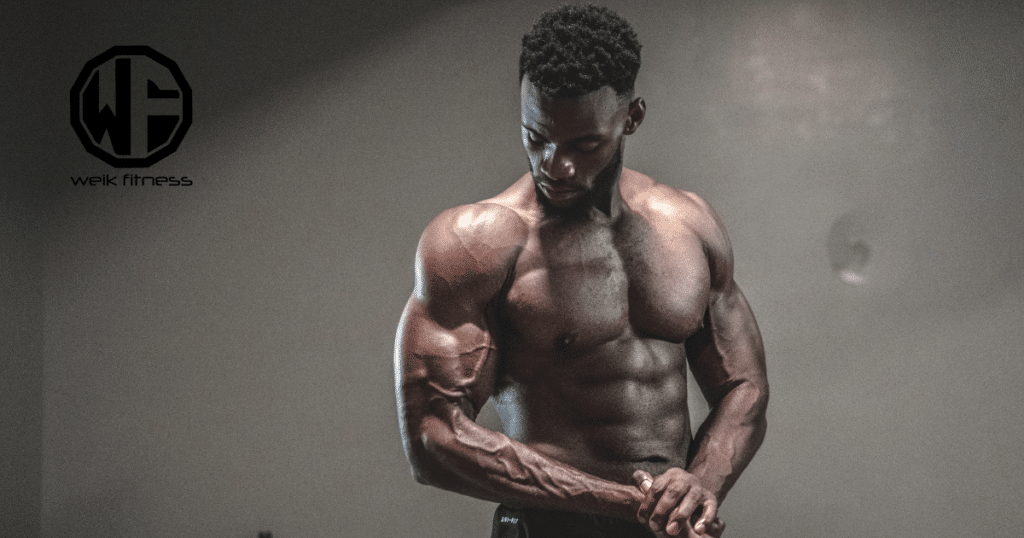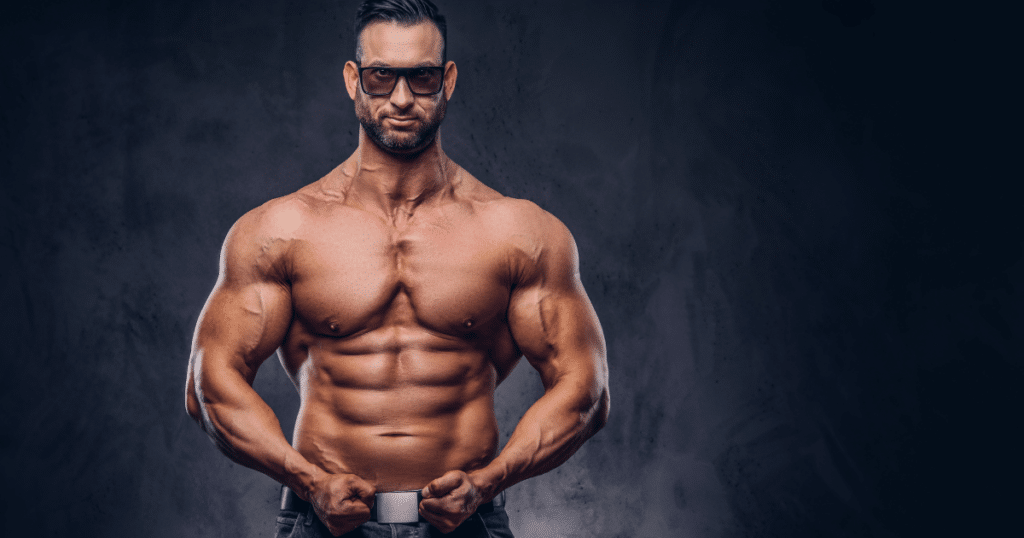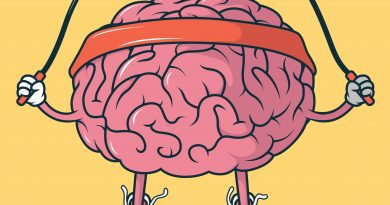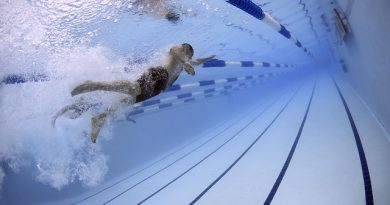Muscle Quality vs Quantity: How Do They Differ in Elite Athletes?
Elite athletes are expected to perform at a high-level day in and day out, whether it’s on the playing field or court. For that reason, these athletes train tirelessly to turn their bodies into a well-oiled efficient machine. The types of muscles between any given two athletes can be different and serve a different purpose based on the sport they play. For that reason, athletes need to train specifically for their given sport. This training requires a lot of energy as does their actual performance in a game or match. So, what if there was a way to increase their overall endurance by improving muscle quality? Research is now showing this might be possible.
Disclaimer: This article is for informational purposes only and is not meant to treat or diagnose any condition. It is recommended that you speak with your doctor before starting any exercise program, changing your daily nutrition, or adding any supplements to your regimen.
Table of contents

Muscle Quality vs Muscle Quantity
Something we should touch on first would be the difference between muscle quality and muscle quantity. Muscle quality would be its actual makeup, it’s structure, it’s strength, its ability to prolong exercise and/or performance. These are key factors when you are an elite athlete.
Quantity on the other hand truly doesn’t come into play in many sports other than bodybuilding and powerlifting (to an extent). Sure, quantity may help in sports such as football where a lineman would have more mass and generally more muscle than say a quarterback, but their positions require different forces and energy exertions.
Having a large amount of lean muscle mass such as in a bodybuilder can be detrimental to many athletes. For instance, a tennis player doesn’t require large muscles in order to swing a tennis racquet. In fact, having extremely large muscle could have a negative effect on their form, technique, and movement on the tennis court. In most instances, regardless of sport (excluding bodybuilding and powerlifting), muscle quality is generally preferred.
Energy Powerhouse Within the Muscle
Our muscles contain mitochondria which are considered to be the “powerhouse” when it comes to energy production within the muscle cell. Mitochondria allow us to engage in activity without tiring quickly. They prolong exercise and physical activity. The more mitochondria you have, the longer you are able to last without getting tired. Endurance athletes need to train a certain way in order to possess more mitochondria so they can continue to perform over a longer duration than most athletes who require only quick bursts of energy like with tennis players. Because of their training method, most endurance athletes possess twice as many mitochondria in their muscles than individuals who are not athletes.
Research on Mitochondria and Muscle Quality

The muscle quality due to mitochondria outweighs the total muscle quantity that one has on their frame. Researchers in Denmark took a look at mitochondria and found that it’s not only the total number of mitochondria, but also the overall structure of the mitochondria as well.
One research stated, “We’ve found that mitochondria in endurance athletes are constructed in such a way that they generate more energy than mitochondria in non-athletes. In fact, our measurements have shown us that these mitochondria can generate around 25% more energy. This gives a major advantage in endurance sports such as marathon running and cross-country skiing, but also in ball games like soccer.”
For this study, researchers took 15 elite athletes and compared them to 29 individuals who either didn’t exercise or who did very little. All participants agreed to muscle biopsies so that the researchers could compare their muscle structure. After comparing both groups, researchers believe that mitochondria in the elite athletes were increased due to long-term exercise protocols where the actual structure of the mitochondria changed, and not that they were simply born with more. However, they haven’t completely ruled out the notion that these athletes may have contained more mitochondria at birth compared to the individuals who did not exercise or did very little. More research is needed to come to a true conclusion.

Another researcher said, “We took detailed measurements of each muscle fiber and saw that those muscle fibers that are typically most active during extended periods of physical activity are also those with the most significant changes in mitochondrial structure. We see this as a clear indication that the athletes have produced these changes themselves through their training.”
The Research Doesn’t Stop with Elite Athletes
What the research above showed is extremely promising to potentially help fight and/or cure diseases that attack the mitochondria of the muscle cell. One of the researchers stated, “Now we face the task of finding out how and when these changes in the mitochondria take place as a result of exercise. This opens up perspectives that go far beyond sports and fitness. There are a number of diseases that negatively affect mitochondria and result in impaired muscle function or metabolic problems. This new knowledge can contribute to the development of new treatment options for such disease groups.” This is great news as science is constantly evolving and new cures and treatments are consistently on the horizon. This research has not only helped us understand the benefit of improving the number of mitochondria in muscles, but also the fact that many elite athletes perform better when they contain more muscle quality versus quantity. It shows the way for how athletes need to train in order to improve mitochondria so that they can continue to perform at a high level without tiring easily.
Source:
Joachim Nielsen, Kasper D. Gejl, Martin Hey-Mogensen, Hans-Christer Holmberg, Charlotte Suetta, Peter Krustrup, Coen P. H. Elemans, Niels Ørtenblad. Plasticity in mitochondrial cristae density allows metabolic capacity modulation in human skeletal muscle. The Journal of Physiology, 2016; DOI: 10.1113/JP273040


*Disclosure: This article may contain affiliate links or ads, which means we earn a small commission at no extra cost to you if you make a purchase through these links. These commissions help support the operation and maintenance of our website, allowing us to continue producing free valuable content. Your support is genuinely appreciated, whether you choose to use our links or not. Thank you for being a part of our community and enjoying our content.
PLEASE CONSIDER SHARING THIS ON YOUR SOCIAL MEDIA TO HELP OTHERS LEARN MORE ABOUT THIS TOPIC.





